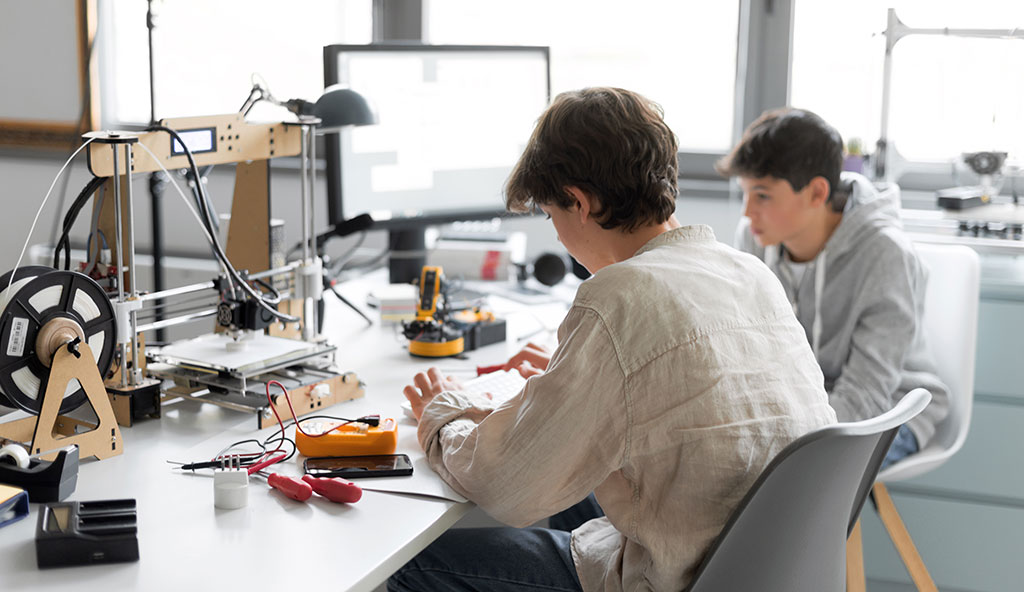Consumers interact with a wide variety of products daily, from websites and electronics to apparel and automobiles. To create great products, it is important to first understand the key differences between digital and physical objects in product design.

What Are Physical Products?
A physical product consists of merchandise that can be felt and manipulated by hand. They are typically shipped directly to consumers by mail after an online order is placed. Alternatively, these products can be purchased directly in a physical store. Common physical merchandise examples include cosmetics, electronics, furniture, and clothing.
Functionality and durability are significantly more important for physical objects than their digital counterparts. Individuals who design physical objects often need a prototype for testing purposes. This practice ensures that all products are compliant with safety and environmental standards. As a result, some feel that physical object manufacturing processes are demanding.
What Are Digital Products?
Digital products refer to cyber products that can be seen but not touched or handled. They are purchased via eCommerce websites and come as a software or application. Examples of digital products include online courses, software, eBooks, movies, and computer games.
Designing digital products is typically less labor-intensive than physical products. For instance, they are not used in the physical world and do not need to adhere to certain environmental laws or regulations. Therefore, you don’t have to build a physical prototype or hire a manufacturer to assemble them. Development costs are lower and attract entrepreneurs who have limited resources to manufacture and sell physical products in traditional stores.
The Importance of Branding
The success of companies like Apple is proof that the top products are always aligned with their brands views. They have been able to produce both digital and physical products that have been a hit with consumers because their brands represent the company’s essence. Differentiation is one of the most important attributes to make a brand stand out. Once consumers notice your product’s distinctions, they can then form an emotional attachment which makes them more likely to purchase and become repeat customers.
The Process of Design
To operate within a digitized world, individuals may need to make physical transitions during multiple points of the design process. This occurs because the digital realm does not have a true frame of reference in terms of the object’s feel or size.
When it comes to product design, figure out which problem you intend to solve and the solutions the product provides. Although this is true both for digital and physical merchandise, digital products typically require extra development and planning. Physical products will require you to prioritize the packaging.



